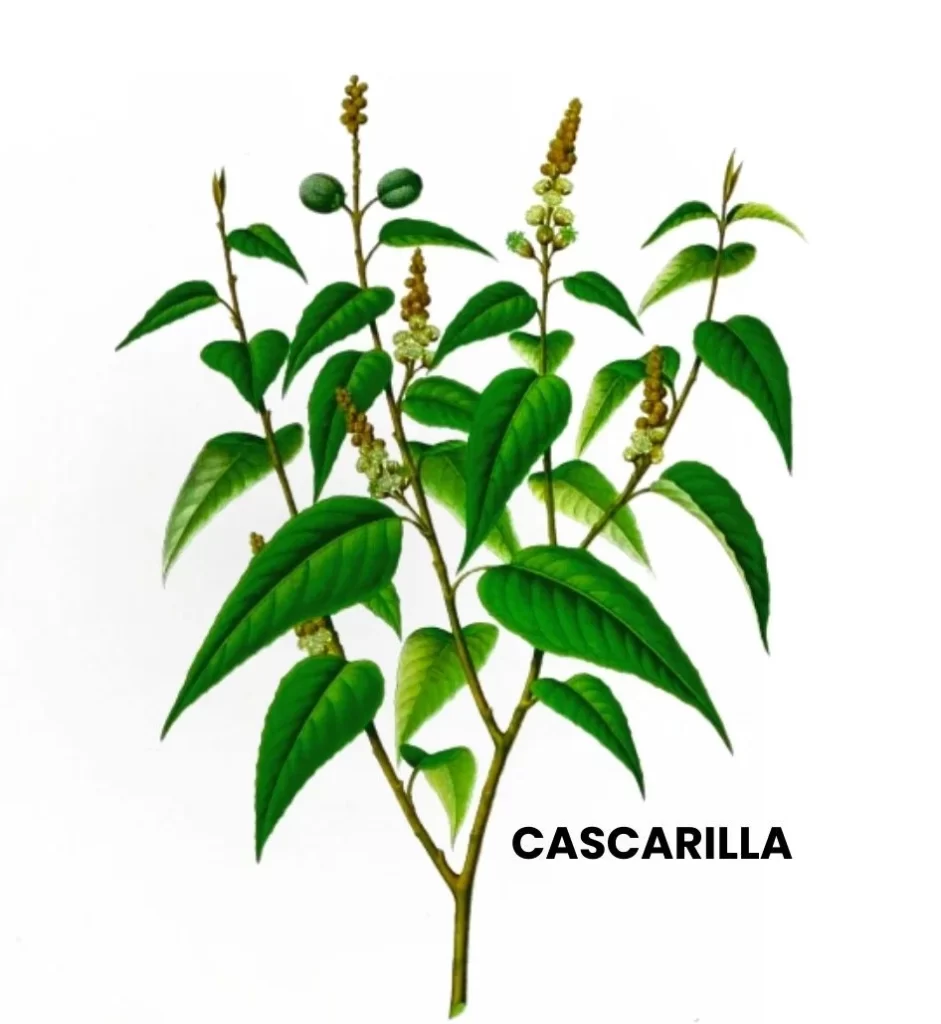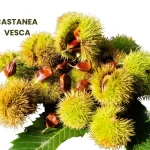Cascarilla, derived from the bark of Croton eluteria, is a homeopathic remedy primarily known for its effects on the digestive tract, especially in cases of constipation.
It is also indicated for symptoms such as aversion to the smell of tobacco and marked inclination to vomit.

Table of Contents
ToggleSOURCE INFORMATION
Scientific Classification
- Kingdom: Plantae
- Order: Gentianales
- Family: Rhamnaceae
- Genus: Croton
- Species: Croton eluteria
Origin and Historical Facts
- Cascarilla, also known as Sweet Bark, is derived from the bark of Croton eluteria, a small tree native to the Caribbean islands, particularly the Bahamas and Cuba.
- It has a long history of traditional use by indigenous peoples and was introduced to European medicine in the 16th century.
- Cascarilla bark was historically used as a digestive aid, for its aromatic properties, and as a remedy for various gastrointestinal complaints.
DON’T MISS THIS INTERESTING POST ON HISTORY OF MEDICINE.
Interesting Facts
- The name “Cascarilla” is derived from the Spanish word “cascarillo,” meaning “little bark,” referring to the small size of the tree and its bark.
- The bark contains aromatic compounds and bitter principles, contributing to its medicinal properties.
- In addition to its medicinal uses, Cascarilla bark has been used in perfumery and as a flavouring agent in food and beverages.
KEY CHARACTERISTICS
- Acts on the digestive tract, especially addressing constipation.
- Aversion to the smell of tobacco is notable.
- Marked inclination to vomit.
- Hunger experienced after meals.
- Desire for hot drinks.
- Nausea and vomiting are common symptoms.
- Pain in the stomach is described as if from a shock.
- Pressing colic is experienced.
RECTAL SYMPTOMS
- Constipation characterized by hard stools covered with mucus.
- Presence of bright blood with stool.
- Alternating diarrhea with hard, lumpy stool, accompanied by backache and lassitude.
- Griping pain precedes diarrhea.
- Gnawing pain high up in the rectum is observed.
DOSAGE
Cascarilla is typically administered in potencies ranging from first to third.
Frequently Asked Questions
Q: What are the key characteristics of Cascarilla?
A: Cascarilla acts primarily on the digestive tract, addressing constipation and inducing a marked aversion to the smell of tobacco.
It also presents a notable inclination to vomit, hunger after meals, and a desire for hot drinks.
Nausea, vomiting, and stomach pain resembling a shock are common symptoms.
Q: What are the typical rectal symptoms associated with Cascarilla?
A: Rectal symptoms include constipation with hard stools covered with mucus, the presence of bright blood in the stool, alternating diarrhea with hard, lumpy stool, accompanied by backache and lassitude.
Griping pain usually precedes diarrhea, and there may be a gnawing pain high up in the rectum.
Q: How is Cascarilla usually administered?
A: Cascarilla is typically administered in potencies ranging from first to third.
Q: Is Cascarilla safe for self-administration?
A: Cascarilla should be used under the guidance of a qualified homeopathic practitioner, especially considering its specific symptom profile and individualized dosing.
Q: Can Cascarilla be used alongside conventional medication?
A: It is advisable to consult a healthcare professional before using Cascarilla alongside conventional medication, as there may be potential interactions.
Meaning of Difficult Words
- Cascarilla: A small tree native to the Caribbean islands, known for its medicinal bark.
- Croton eluteria: The botanical name for Cascarilla, from the genus Croton and species eluteria.
- Gastrointestinal: Relating to the stomach and intestines.
- Aversion: A strong dislike or disinclination.
- Constipation: Difficulty in emptying the bowels, often resulting in hard, dry stools.













Leave a Reply